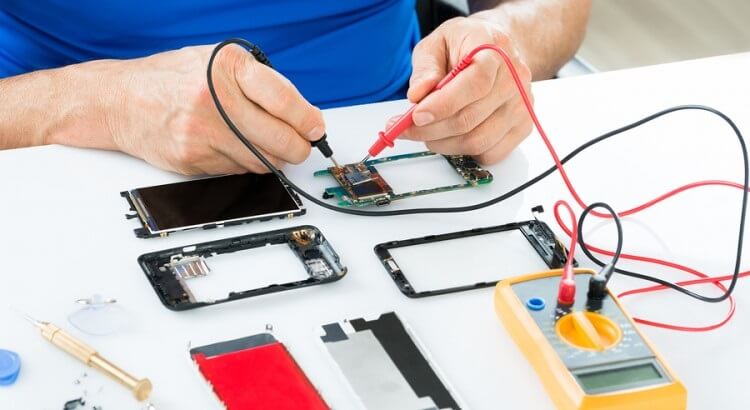How to Avoid Getting Phone Repair Near Me Service
My trusty smartphone battery had broken and it’s not time for a new model yet. Also, I didn’t necessarily want to take my phone to a repair shop.
I really don’t have the money to afford cell phone repair near me, and I don’t know how I feel about placing my phone into the hands of a stranger. Luckily, I found out that understanding the inner workings of my cell phone could be useful when it comes to fixing minor repair problems on my own.
I wrote up a guide for you to read about the different parts of cell phones that are safe for us to handle, and how getting to know your device can keep you out of the repair shop if you’re a DIY kind of person.
This is where you’ll insert your charging cable to juice up your phone. If something is awry with your charging port, your phone might slowly charge, lose power quickly, or not charge at all. In case you are fed up with wired chargers, it would be an awesome idea to try any portable wireless phone charging station that exists in most of the tech markets or you can ship one online depending on online tech stores at affordable prices.
Breaking down the inner workings of a cell phone isn’t a small feat. Think about all the great services it provides – phone calls, SMS messages and the capacity to go online. This means manufacturers have to fit scores of critical components into a space the size of your Samsung.
There are some really complex parts like the circuit board, but I’m going to list the parts you’ll want to get to know if something basic is broken and you’d like to get it fixed yourself. Let’s start:
Cell Phone Batteries
These small wonders power up your device, and actually, take up most of the space inside your phone. So maybe they’re not so small, relatively. Once upon a time, it was easy to remove your battery from any kind of phone and replace it. Nowadays? Not so easy – models like the iPhone have batteries that are built in and not replaceable by the cell phone civilian.
Understanding the way batteries fit in some Android phones can make for an easy fix if you need battery replacement though. For example, the Moto G7 will let you scoop out the battery and put in a new one. You’ll need to remove the back protective case, carefully insert a proper replacement, and carefully close the case until you hear a click.
SIM Cards
If you’re wondering what SIM stands for, it’s subscriber identification module. Basically, this card is all about you – it includes information about your phone number, your contacts, and possibly other information like SMS messages. If you can’t make phone calls or use data from your carrier, it’s probably because there is a problem with your SIM card.
Head to your phone’s manual, and look at how to replace your SIM card, or how to properly insert it into your phone.
Charging Port
This is where you’ll insert your charging cable to juice up your phone. If something is awry with your charging port, your phone might slowly charge, lose power quickly, or not charge at all.
If you’re bravehearted, you can take a toothpick and try to unclog your charging port yourself – chances are if it isn’t working it’s gunked up with dust, oil, or any debris that can work its way in from your pocket or bag.
Proceed with caution – if you use the wrong tool or if you morph the charging port shape in any way, you’ll definitely find yourself in the cell phone repair shop for service.
RAM and ROM
Now we’re talking about the meat of the cell phone – its storage. How efficient your RAM is is really up to your manufacturer – phone companies are building cell phones with more RAM every day.
You can see internal storage that ranges anywhere from 16GB all the way up to 256GB on the fanciest of phones.
If you find that you are frequently running out of storage, you can go out and buy an SD card. Check out your phone’s manual to find the proper card, and figure out how to insert the extra storage yourself.
The Camera
Your phone comes equipped with a camera to take selfies, and a camera to take regular photos. Cameras work by using sensors, a lens, and something called an image processor.
Every camera is unique on every make and model of cell phone. If you are having issues with your camera, this would be an issue I would recommend fixing with a technician.
Other Phone Repair Issues That Should Be Left in the Hands of Professionals
I just listed some basic DIY fixes you can use on your phone to expand its capabilities or address minor problems. Understanding the part you’re about to work with is important before you dive in and start fiddling around with your device.
However, some issues are pretty complicated and should be left up to those with more expertise. If you have a phone you absolutely love with a damaged system on a chip, for example, your best bet is to go out and get it fixed by a store.
Same goes for issues with busted motherboards – these can be a real mother of a problem if someone without significant experience tries to tackle them.
While saving a buck is always a bonus, if you have an issue with one of these complex parts, your best bet is to head to a cell phone repair store ASAP.
